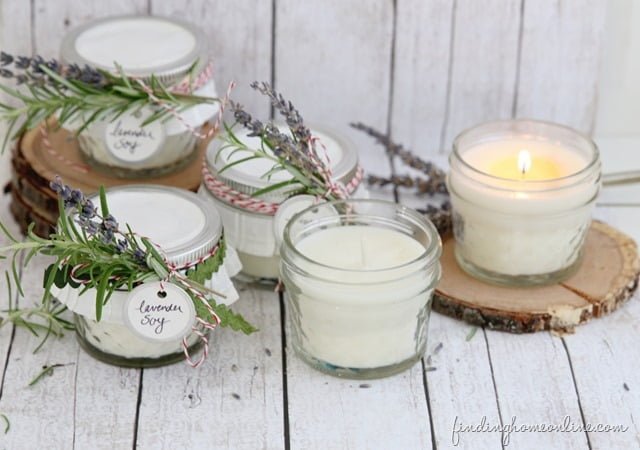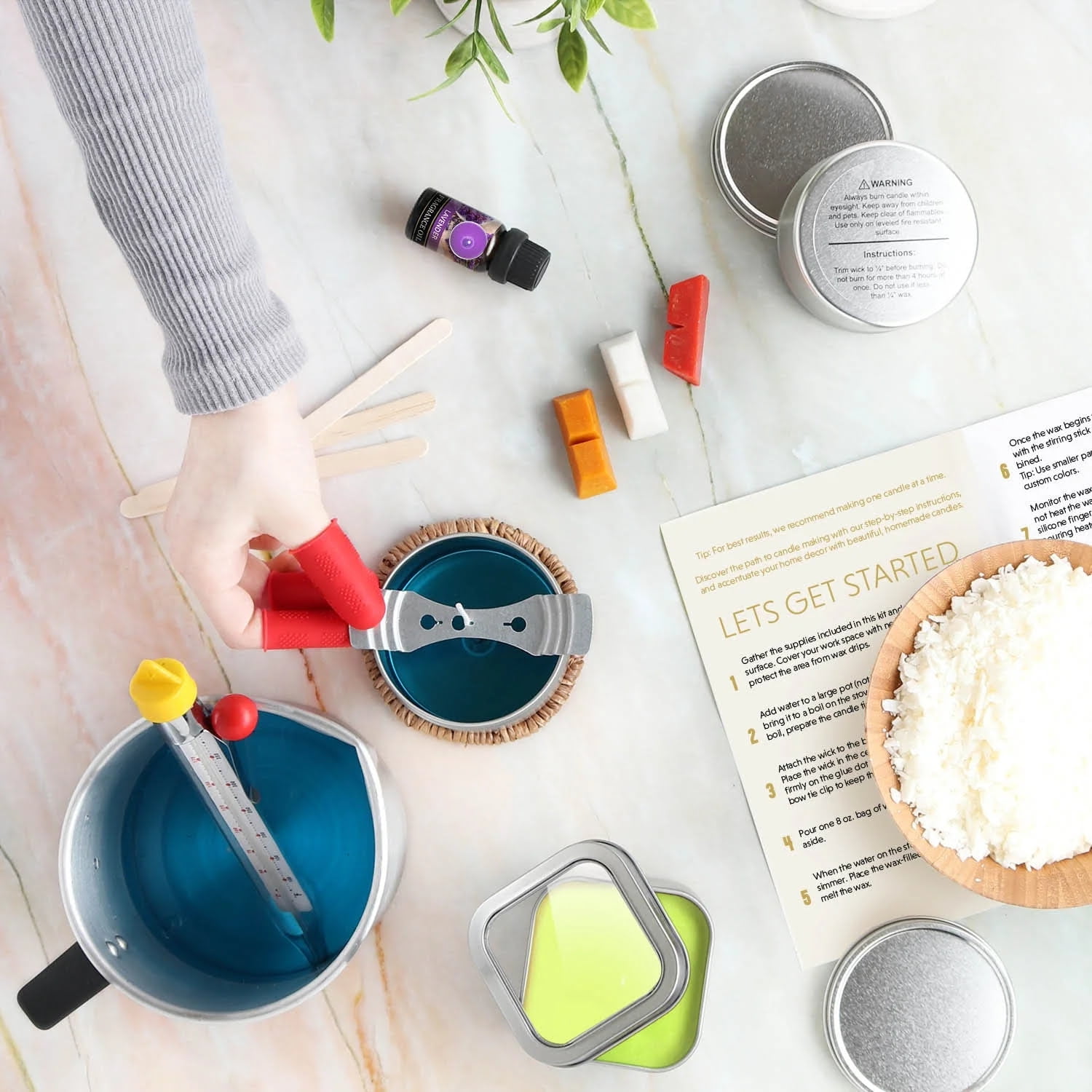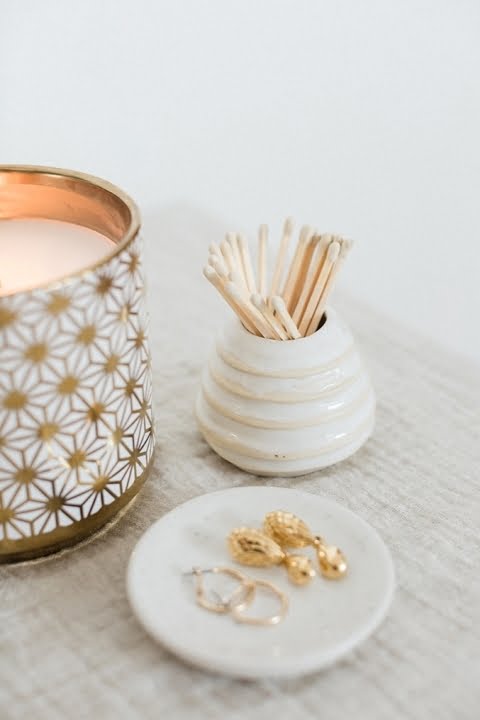Introduction
Making a candle mold with two part silicone can be a great way to create custom-made designs, while also allowing plenty of room for creativity. Not only can this method offer more detail than basic single molds, but it’s also cost effective and produces amazing results. It requires little technical skill and allows you to explore your inner craftsmanship. In creating your own candle molds, there are some common mistakes you should stay away from in order to prevent wasting materials or ending up with a less than satisfactory product.
One common mistake is not properly preparing the mold before beginning your design. Make sure all surfaces are clean so that the silicone will adhere correctly. Additionally, make sure to measure everything twice and sand any rough edges before attempting to build the mold. Otherwise, any imperfections may cause bad adhesion in the long run, which can result in waste or a broken final product.
Another thing that could cause problems if not addressed prior to beginning is ensuring proper surface tension during setup. The silicone must have enough surface tension when curing in order for adhesion to be strong and so that details do not need touch-up work during production or possibly altogether lost elements of the design. Applying a release coatthe surfaces on which you plan on working ahead of time is important – otherwise, curing issues might arise and ruin the entire job right off the bat.
Last but not least, don’t rush! This process requires patience throughout as it can take some time to achieve an ideal product each step of the way: cleaning and preparing surfaces; mixing & pouring; waiting/curing; de-molding; and finishing touches like sanding or metallizing. If you take your time at each stage carefully and patiently then you will end up achieving professional quality results with minimal effort!
Getting Started
To make a candle mold with two-part silicone, you will need the following materials and tools: Silicone rubber (two parts), soap and water, petroleum jelly, a measuring cup, measuring spoons, a stirring stick, rubber or latex gloves, a thermometer (optional), and molds to shape your candles in. The cost of the necessary materials depends on the type of silicone used. Depending on what kind is chosen, the cost of making a candle mold can be anywhere from $5-50 dollars.
When working with two-part silicone for the purpose of making a candle mold there are several safety considerations to keep in mind. Silicone can cause skin irritation or internal organ damage if not handled correctly. It is therefore important to wear protective gear such as rubber or latex gloves when handling it. Additionally it is important to ensure proper ventilation when working with raw silicone before it has cured. After it has been mixed make sure to store the mixture in an airtight container until ready to use so that it doesn’t dry out. Finally only mix enough silicone for each session; any unused mixture should be discarded after use or stored safely away once fully cured.
Step by Step Instructions
Preparing the Base: Before making the candle mold, you will need to prepare a base for it. Choose an object that you would like to shape your candle around, such as a small jar or glass measuring cup. Next, cover the object with petroleum jelly or butter. The petroleum jelly or butter serves as a release agent and will help ensure that your finished mold pops out easily. Once you have prepared the base, move on to mixing your silicone.
Mixing the Silicone: Start by pouring equal amounts of Part One and Part Two of the two-part silicone into a clean container. Make sure that both parts are thoroughly mixed while avoiding air bubbles forming in the mixture. If necessary, use a wooden stir stick to work out any lumps or air bubbles until your silicone has reached an even consistency.
Applying the Silicone: Take your prepared base and set it aside in a secure area where it won’t be disturbed. Using a spatula or another tool, scoop out some of your silicone mixture and start spreading it around your object until you have completely covered it with about 1/4 inch of silicone all over its surface. Allow for an additional quarter-inch at the top for further material which will extend above when inverted once cured (to create an easier flow when casting).
Curing the Mold: Once you are happy with how your mold is looking, allow it to cure overnight and harden fully before proceeding onto removing it from its base and finishing up.
Removing the Mold: After the curing process has completed, gently lift one side of your mold away form its base before slowly working away all sides until it releases fully. You may need to use patience here! Ensure there is nothing stuck inside, then proceed onto soaking away any excess glue holding pieces together so that you can flip over and remove them separately if needed/wanted (though they can still be used as single-sided molds should you choose!).
Finishing Up: Now all that is left to do is give everything one final wash with mild soap and warm water before using it for whatever candle project you had planned!
Troubleshooting
Common Issues and Solutions
1. Not releasing the candle properly: If you are having difficulty removing the candle after molding, it may be a sign that you used too much pressure when pressing down the mould or that the silicone was not fully cured when casting. In this case, try to gently warm up your mould before attempting to remove your candle just slightly so that it releases more easily.
2. Silicone stickiness: If you notice your two-part silicone feels sticky to the touch, it may be because you did not mix both parts correctly prior to pouring or because the mould does not have an adequate release agent applied. Make sure you meticulously tapped out all air bubbles from your mixture and use enough release agent into your mould before pouring the silicone in order to eliminate stickiness.
3. Messy edges on your molded creation: When using two-part silicone molds, achieving sharp edges isn’t always easy as air bubbles build up when curing and can cause irregularities around edges of your mold. To achieve cleaner edges on candlesticks, try using a topcoat finish with talc powder blend. Not only will help fill in any gaps, but it will smooth out any rough surfaces for a more defined look with clean lines around candles finished product.
Troubleshooting Resources
There are numerous online resources available designed to help users troubleshoot different issues related to using two-part silicone molds to make candles. Some common resources include Youtube tutorials, blog articles, DIY guides as well as forums where users share advice/answers about their experience working with these materials. Additionally, many companies like Smoothon offer customer support so if there is no solution already available online one can call a representative for further assistance who can walk customers through their project’s challenges step by step until they figure out what’s wrong and come up with potential solutions.
Tips & Tricks
Making a candle mold with two part silicone is made easy with pre-made molds, but if you want to make your own design, it will require some additional knowledge. First and foremost, when using a two part silicone for a candle mold, always start with scouring the area where you’ll be working. Using a clean surface can help ensure that the finished product turns out as expected.
Next, apply an extra layer of mold release over the area before pouring in the silicone parts so that they come apart easily once cured. Once both parts are poured in, be sure to press them together firmly and give them time to form properly before moving onto the next step. Finally, when the mold has been formed into shape and allowed to cure for at least 24 hours, it’s time to add colorant for your customized look! Start by adding a few drops of colorant into one part at a time before combining them together with both sides facing up. Place your candle wick holder into the center of the two halves and let cure for another 24 hours or more if desired. After curing is done, pop out your final product and enjoy!
Alternatives
Silicone is a popular material to use when making molds, particularly when casting a number of items. Silicone is non-toxic and flexible, allowing it to pick up even the most intricate detail without leaving any residue or damage. It also sets quickly, meaning that there’s less waiting time that is usually required with other materials. Additionally, silicone molds are better at retaining the original shape of the object being cast, allowing you to replicate it multiple times without too much variation in size & shape.
In comparison to silicone, other materials such as plaster and clay enable molds to be made but are much more time consuming and don’t always leave precise results. Plaster may not pick up all the details of the item and cannot be used for multiple reproductions unlike silicone which can create an exact copy after every pour. Clay molds can also require additional elements or additives to ensure sturdy results due to their brittle composition; unlike silicone which can provide reliable molding from just one application. Furthermore, clay moulds must then be boiled in water over a period of days before they are actually ready for use; taking far longer than silicone which only need curing for around 24 hours before being put into action.
Conclusion
Using two part silicone is a great way to make a candle mold, because of its simple application and ability to achieve an airtight, watertight seal on the mold. Easy release properties also ensure that the final product can be removed from the mold easily. Its fast curing time means that it will take mere minutes to achieve a high quality end result.
Overall, using two part silicone for making a candle mold is an affordable and relatively easy process. It provides a smooth, flexible surface and ensures that no hot wax or other materials comes into contact with the surface of the mold, minimising risk of damage to intricate or delicate designs. As such, it is highly recommended for use when making a candle mold. If possible, using heat resistant molds may prove beneficial in further improving the longevity and flexibility of the final product. On top of this, shorter pouring times and higher pourable temperatures should be taken into account to ensure optimal results when working with two part silicone.

Welcome to my candle making blog! In this blog, I will be sharing my tips and tricks for making candles. I will also be sharing some of my favorite recipes.




